A supertanker full of crude oil decaying amid Yemen’s civil war could blow up
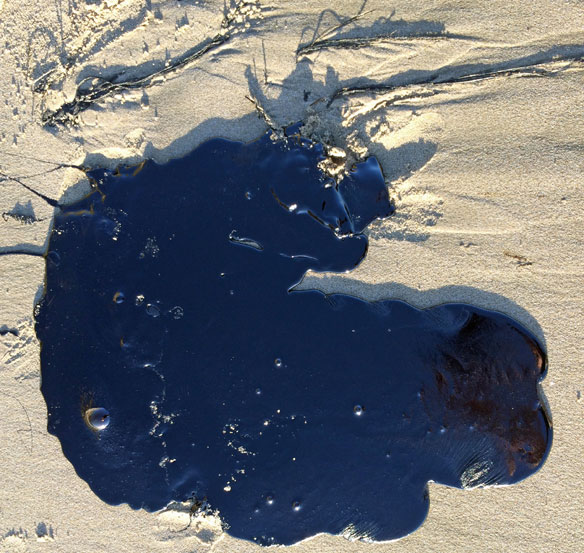
Yemen’s raging civil war has created a ticking time bomb just off the country’s Red Sea coast. The FSO Safer, a 45-year-old supertanker loaded with more than 1 million barrels of crude oil has been caught between the warring sides and left to decay.
Research in land plants shows nanoplastics accumulating in tissues
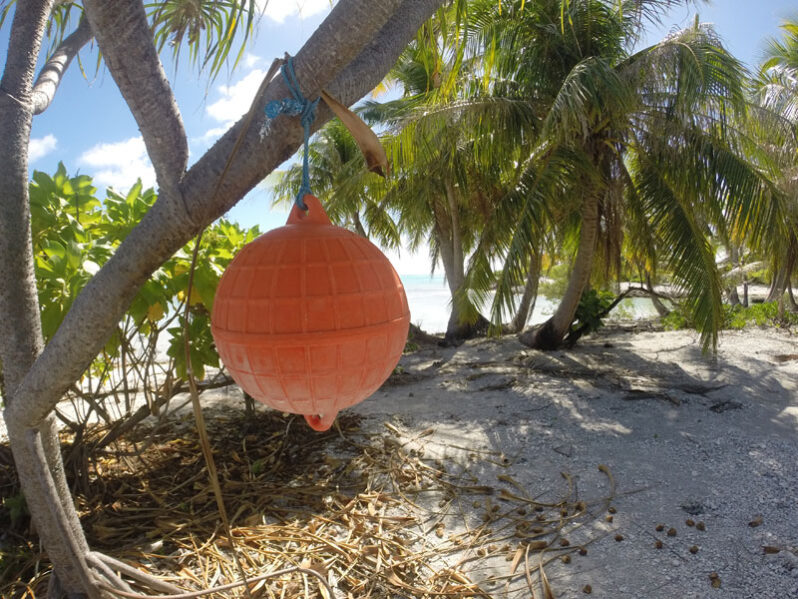
The latest findings provide direct evidence that nanoplastics can accumulate in plants. Plant accumulation of nanoplastics can have both direct ecological effects and implications for agricultural sustainability and food safety.
The many lifetimes of plastics
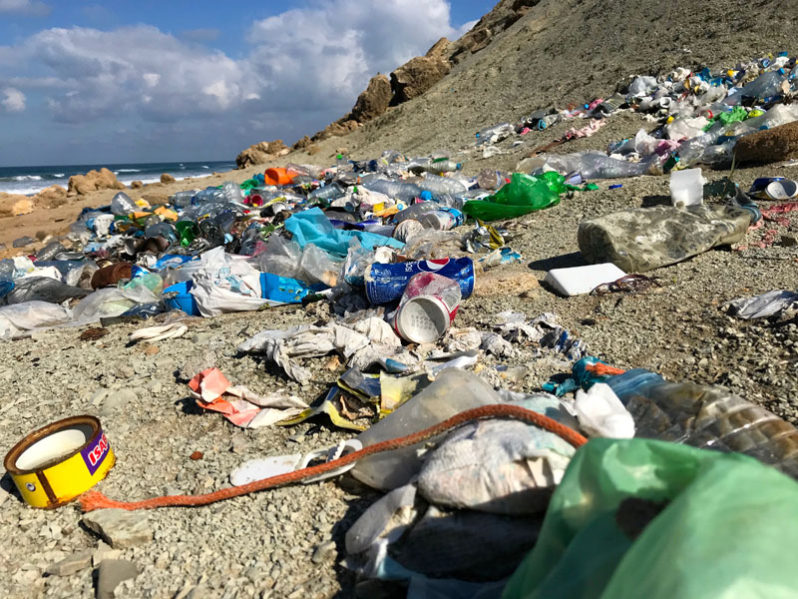
Infographics strive to give us a sense of how long plastic goods will last in the environment. But is this information reliable?
Carpet shell clams reveal high levels of pollution in several coastal lagoons in Tunisia
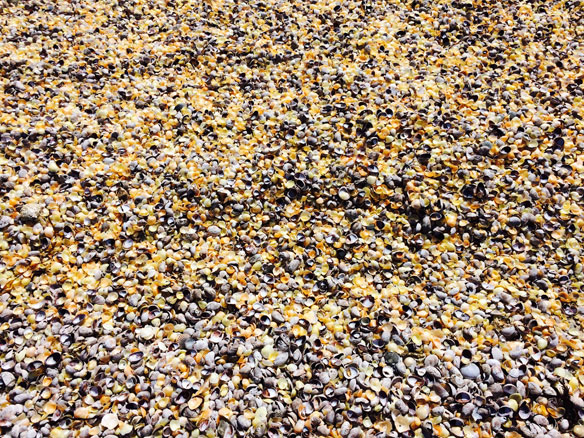
Transitional waters, those situated between land and the sea, such as lagoons and estuaries, are more exposed to human activity and these waters are slowly refreshed, meaning that their ecosystems are more vulnerable to pollution. Also, there is evidence for the relationship between a rise in temperature and a greater level of pollution
Coal-burning in Siberia led to climate change 250 million years ago
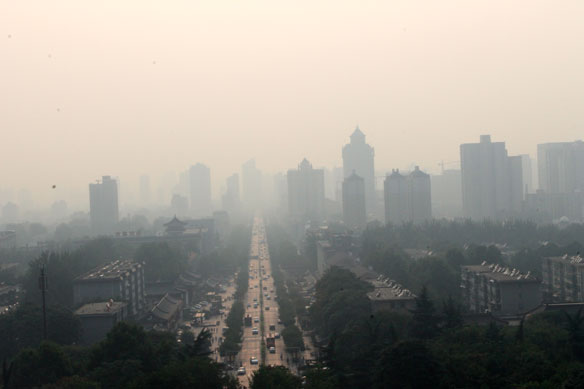
A team of researchers has provided the first ever direct evidence that extensive coal burning in Siberia is a cause of the Permo-Triassic Extinction, the Earth’s most severe extinction event.
More than 1000 tons of plastic rains into Western US protected lands annually
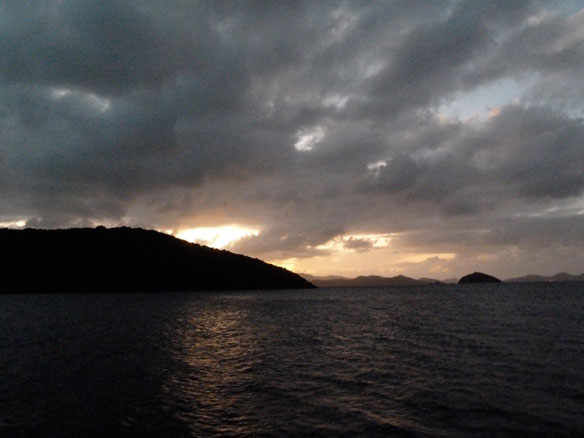
Watershed researchers estimate more than 1000 tons of microplastics (equal to more than 123 million plastic water bottles) are deposited in national parks and wilderness areas each year.
Fuel from Russian Arctic spill reaches large lake, says governor
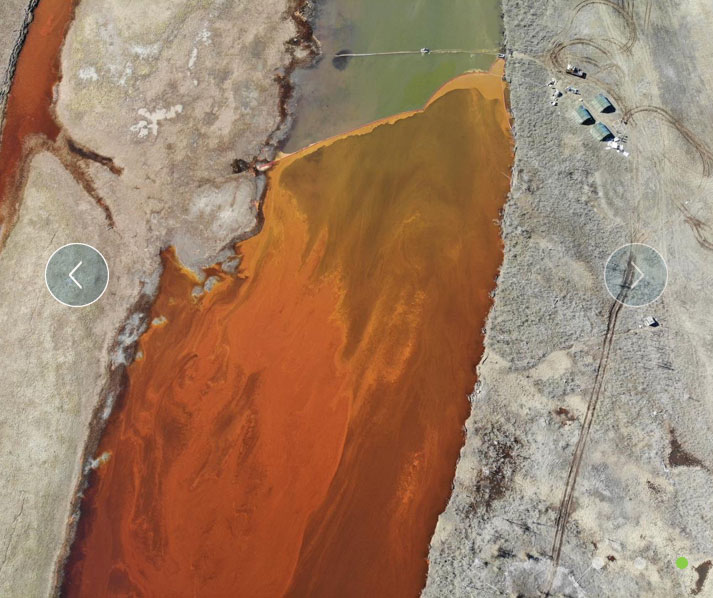
Diesel fuel from a major spill in Russia’s Arctic has reached a pristine lake which is the basin for a river flowing into the Arctic Ocean, a regional official said on Tuesday, but the mining giant embroiled in the scandal rejected his allegation.
Report: European bathing water quality remains high
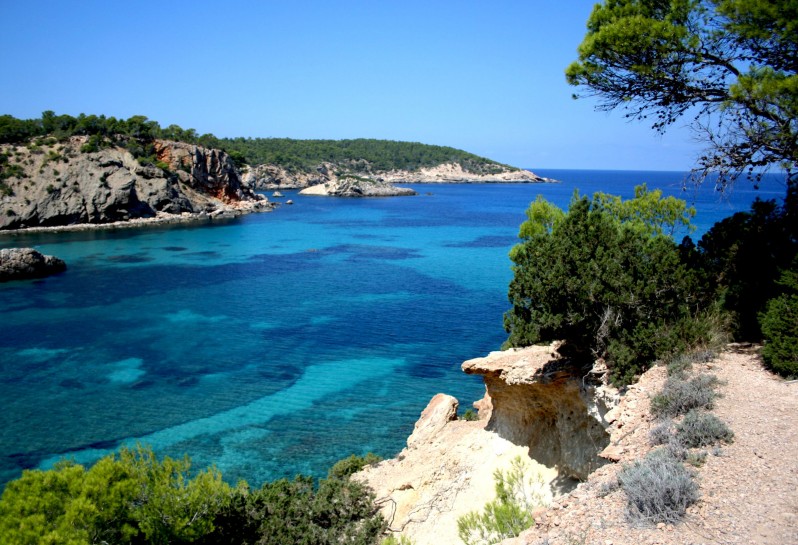
The quality of bathing waters in Europe remains high according to a study by the EU environment agency that found that minimum water quality standards were met at 95 percent of the sites monitored across the continent last year.
We looked for South Africa’s ‘missing’ plastic litter. This is what we found
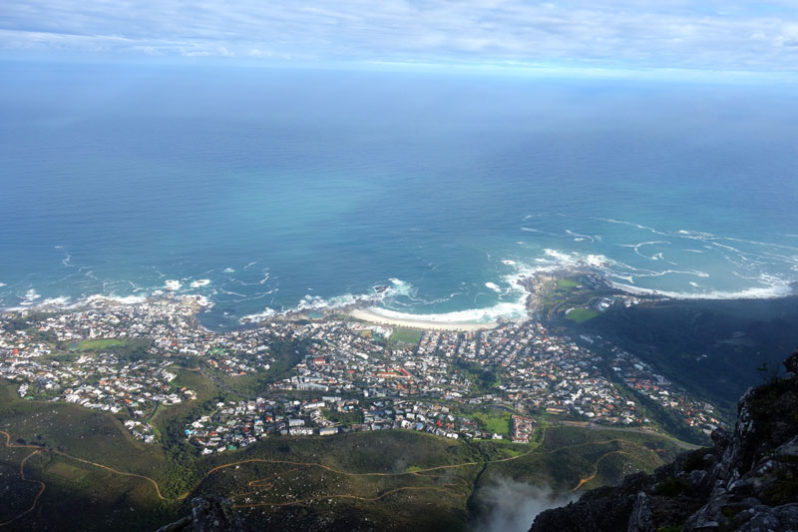
A recent study suggests that 96%-98% of litter from land-based sources washes up within one year of entering the sea. They conclude that most of the missing plastic has been under our noses all the time, on our beaches.
